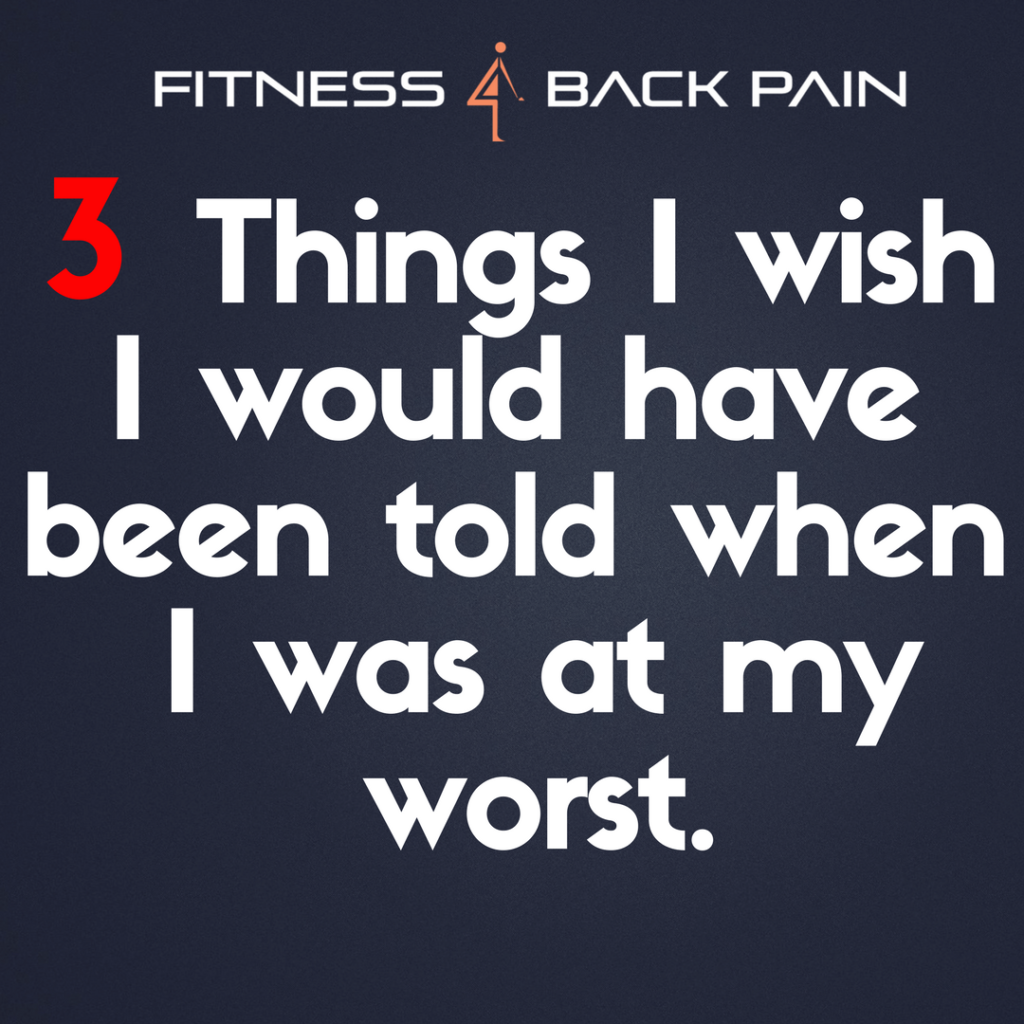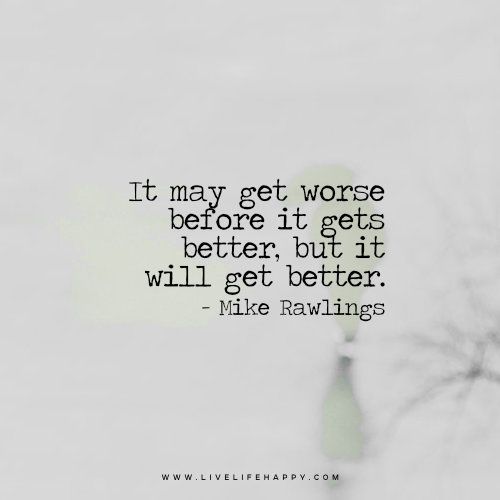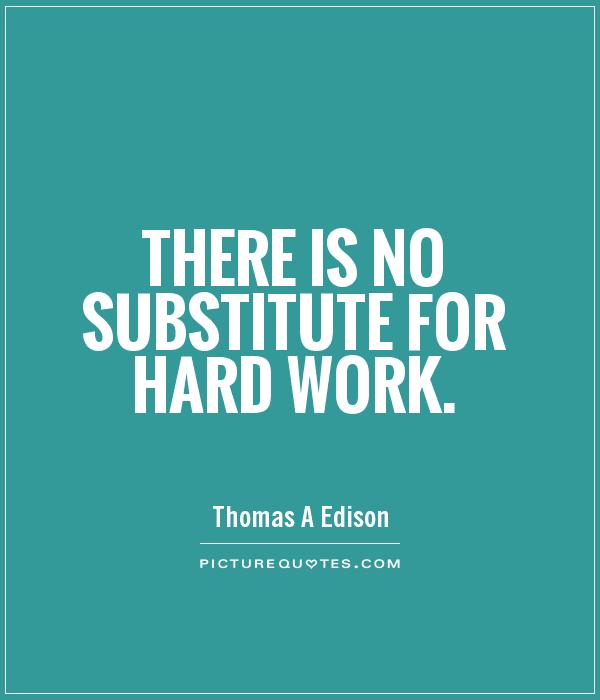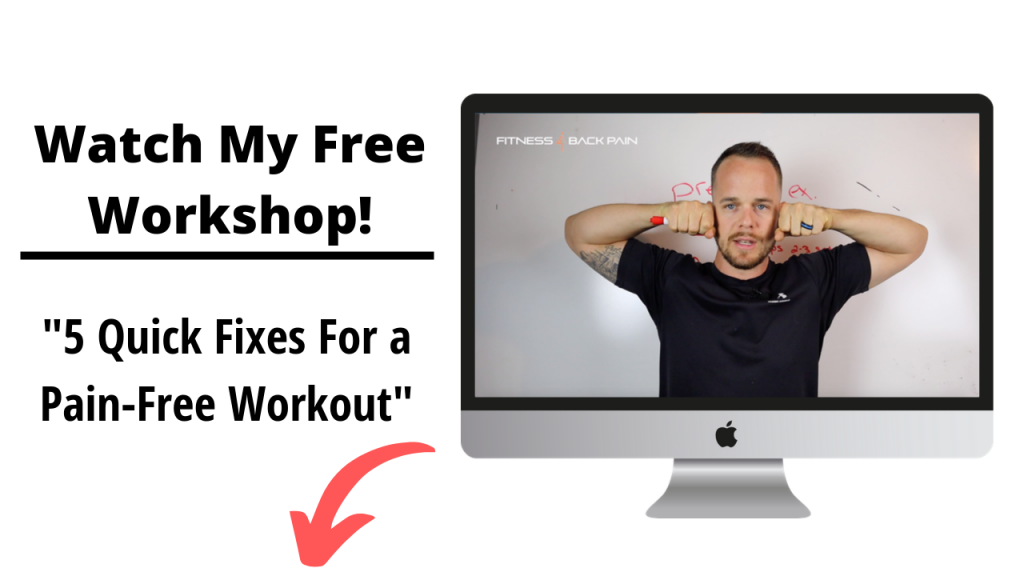
What do you do when nothing seems to be working? No matter what you do it seems your lower back pain just won’t go away or relief seems to get to a certain point and just stops. You thought you had things dialed in and you were on the right path but something seems to have set you back. Believe me when I say this. I have been through more than one of these negative cycles. 7+ years ago I chose to disregard anything surgeons and doctors told me and set out to find my own solution. Over the years I have become wiser and have allowed a few hand-picked professionals help me along the way but I still feel they are limited in exactly how much they could actually help. Today, I want to share with you the reality of seeking out relief for yourself. My hopes for this post is to bring encouragement to those who seem to have hit a wall and share some of my own reality, struggles, successes, and failures along the way.
3 Things I wish I would have been told when I was at my worst.
Sometimes it gets worse before it gets better.

As humans, we have this habit of looking at everything in a linear fashion. Everything should be moving forward without any hitches or hiccups. We set our mind on a plan and start to execute that plan and a month down the road something happens and things get hard or the pain comes back.
or what if…
You started out with sciatica and lower back pain but a month or so in, the sciatica seems to have gone away but my lower back pain is still there and maybe has even gotten worse. Is this a good or bad thing? I remember dealing with some left leg nerve issues (nothing major just felt tight and a little numb if my legs got super sore.) early on and after about 6 weeks of rehab that pain was gone but had seemed to make my QL on that side even tighter and my back pain worse. It was confusing because on one end the symptoms had improved but on the other end, they got worse.
This literally was a cycle I dealt with for years. Every time I reached that point guess what I did. Quit.
This is where it’s super important to have a trusted Physio or PT that is like minded around to ask questions and to confirm what you’re trying to do. A good Physio or PT doesnt need to charge you $100 to sit down with them and answer a couple questions. The ones who are truly out to make the world healthier will charge when they need to charge but also be willing to give you a lift or a word of encouragement with no strings attached.
After a few years of wrestling with this “2 steps forward 1 step back” feeling, I reached out to a Physio and after confirming that what I was doing was the best thing for me, he started explaining this idea of trying to centralize the pain. If you have pain from your lower back all the way down to your big toe, Continue doing the rehab work that fits you best but instead of having the goal of ridding your pain 100% within weeks. Make it a goal to centralize the pain towards the lower back.
Think of it like trying to fix a bad window tint job…

Bare with me, this is going to make sense. I know you have seen those cars with the super bubbly tint in their back window right?. That’s from poor installation and cheap tint by the way, but think of all those bubbles as pain points you have between your lower back and toes. What centralizing the pain means is trying to get to where those bubbles can eventually get scrapped out and brought to one central location, not spread out all over the window. For the human body, we are looking to go from 8 different areas where you are having pain to only 4 or 5 even if some of those sources are experiencing more pain than normal.
That’s still progress to me. You are healing, your body just needs continued focus and for you to stay the course. It will reward your efforts.
It’s freakin hard.

It’s not that the exercises or habits that need to be addressed are “hard”, it’s more of committing to the work that needs to be done for the amount of time it requires.
What is the first thing you think about when I say:
“Your discectomy rehab is going to take take 24 weeks of 1 hour long sessions, 5+ days a week, Oh and since your insurance only pays for 6 sessions you will probably have to do most of the work on your own or pay out of pocket for the rest.”
Most people don’t even exercise a fraction of that, now all of a sudden you want me to “exercise” 5 days a week for an hour!
Bump that. Well, that’ what the 22-year-old at the time (me) would have said.
You know the number one reason my recovery has been such a long hard process until now?
Sticking to the plan, doing the work day in and day out. No matter the cost (not financially).
Do you want to know why? The time commitment required to heal and rebuild your body is hard. Being able to lift weights, look good and feel strong is WAY more important to me then taking the next 24 weeks off from lifting and doing just what my plan calls to do. That’ a selfish and short game mindset. If that’s how you are, I’ll be the first one to tell you, your journey will be hard and you won’t see the relief you want.
Maybe you don’t workout and can’t relate to that. It doesn’t matter what it is. Whether you are just flat out too lazy to stick to something so mundane for the next 24 weeks, you would rather keep surfing, biking, running or playing your sport then take that kind of time off. Insert your excuse and I promise you it’s never worth having crippling back pain for the rest of your life over.
The cool thing about it is. Unlike me, you have all the information at your fingertips to make it 100% easier than you think. I didn’t have a source like this site to help me experiment and try strategies out on myself. Luckily, my background gives me a leg up over most but I still didn’t have experience rehabbing a bad back. A lot of it was simply trial and error and fishing through the garbage you find after a desperate, late-night Google session.
I think the biggest issue I notice more and more now is people not knowing where to start. They want the exercise that is going to strengthen whatever is weak or the best core exercise to start with. All of these have their place (seriously, they are super important especially your core) but before anything else, you have to understand your own pain cycle. This is what makes it so hard for people is that they don’t really understand their own cycle. They are seeking out ways to get relief but they fail to stop and look at the everyday things they are doing that will follow them around and keep your relief stalled.
Frustration is inevitable:
You will be chugging along with your recovery plan and one day you will have something happen that will set you back a week. It’s not a matter of if it will happen but when. This is where you have to keep the real reason you started this process in the front of your mind. You can’t just want to be pain-free. It has to go deeper than that.
You want to go surfing with your daughter or son.
You want to be able to lift your newborn out of the crib without your back going out.
You want to retire and keep moving, not retire and have to slow down.
You want to be able to get through one day of yard work without going through bottles of Ibuprofen.
This article has some great tips on dealing with setbacks in life. I love the way #4 is titled!
It’s super easy to hit a road block that has you laid up in bed for a week causing you to lose all hope and motivation to pick back up where you left off.
One thing that I always remind myself is this. Doing something, even if it’s small, is better than doing nothing. When you have those setbacks (trust me you will).
You only have two choices.
-Continue with the pity party and just quit. Seriously, just quit. Call your doctor and schedule the surgery and start that promising medicated pain management program he talked to you about.
or
-Keep going. Dig in a little and see what you can learn about what set you back. Was it something you have been doing in your program? Was it the 6-hour drive you took that day? Was it the 3-day deskbound, binge you were on trying to finish that project?
Learn what you can but never forget the time it takes to heal and rehab your lower back regardless. You can’t change the curve balls life throws at you but you can change the way you react to them.
My final thought on this write up is to always remember you are trying to change the way you do life and give your body what it needs to heal. All while your job still needs you, your house still needs cleaning, the grass still needs cutting and those darn kids always want to be held. It’s impossible to lay around the house doing rehab exercises with no other responsibility. Do the best that you can and try to work your rehab work into your day. Don’t get discouraged about how slow the process is, just be honest about you doing the work and stay the course.
Addicted to your health,
William
p.s If you know someone who is struggling through their recovery share this post with them! I know I could have used it when I was at my worst!


Only just got around to reading this, for me this is your best article!
As someone who is finally on the right side of recovery I can testify to what you said.
Its hard and your going to have bad days, even when you think your on the road to recovery,
For me i had to start measuring my progress in milimeteres, tiny steps…to build up to improvements over a long time.
Another quote I liked similar to your edison one is from Winston Churchill..
“When your going through hell…..Keep going!!”
This is so good Mathew! Thanks for reading. “Measuring progress in millimeters”. We get so focused on BIG changes from a few months of work and we are always let down because most of us don’t understand or are not told that it takes time. Keep truckin dude!
all this… you nailed it. Great piece and thanks for sharing.
Thanks for reading Jason!